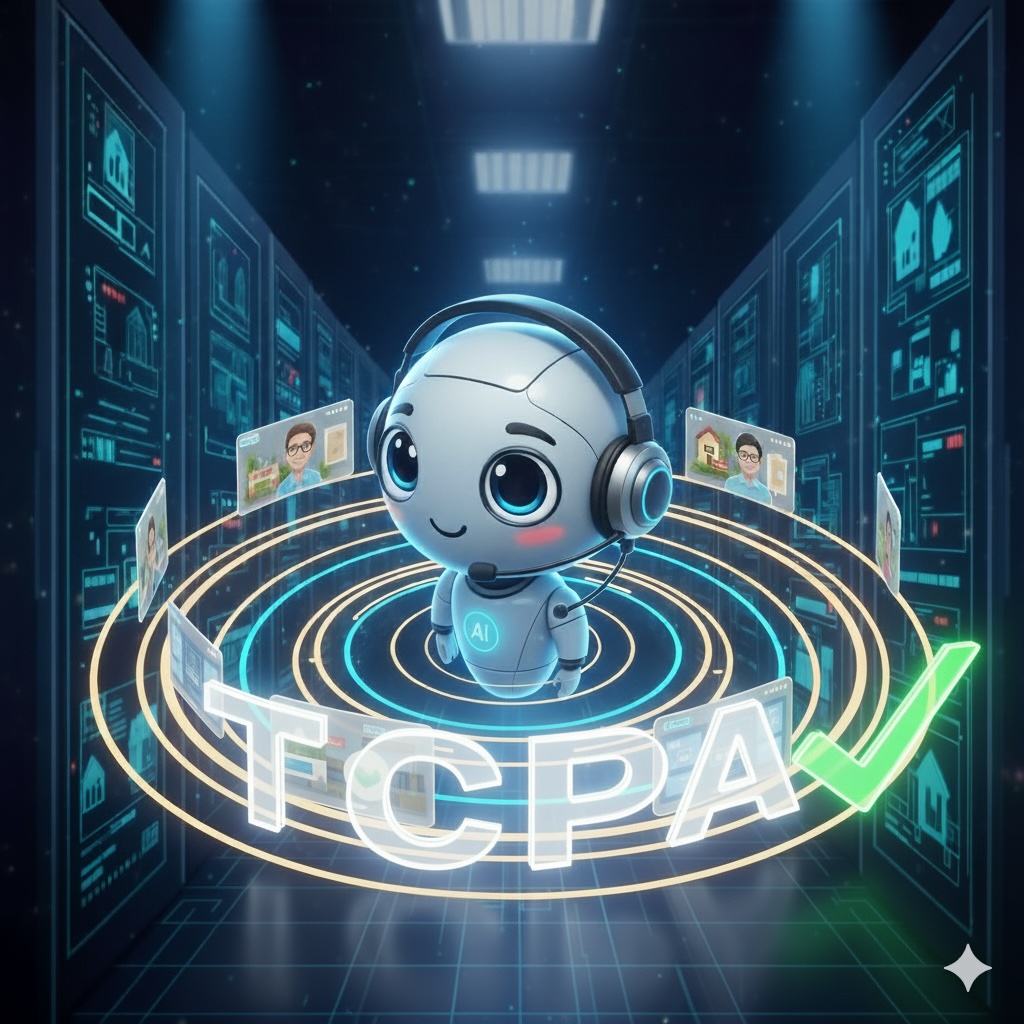The Conversion Killers: 5 Reasons Why People Hate Talking to Your AI
Don't burn your leads. Here’s the blueprint for AI agents that feel human, eliminate latency, and drive 35-55% booking rates.
The irony is striking: We're in the age of generative AI breakthroughs, yet most automated conversations still feel worse than ever, frustrating people that have real interest in your business.
Businesses are investing billions in AI sales agents and marketing automation tools, but the data is clear: 70% of people are sick of talking to them. For any sales team, this is more than an annoyance; it’s a conversion crisis that leads to hangups, blacklisted domains, and a poisoned pipeline.
Your prospects don't inherently hate automation. They hate being treated like a disposable lead by systems that fail at the four most basic tenets of good sales: trust, respect, value, and speed.
If your AI outreach is failing to convert, it’s likely committing one (or all) of these five Cardinal Sins of bad automation.
1. The Latency and The "Dead Air" Hang-Up
In a sales call, latency - the awkward silence after a prospect speaks - is the single fastest way to destroy trust.
Most AI phone agents struggle with processing time, leading to pauses of up to a second or more. This "dead air" signals uncertainty, a poor connection, or a struggling robot. The human brain instantly registers: "I am talking to a machine that is lagging."
This latency is the single fastest way to destroy trust on a call, with anything over 1000 ms starting to feel unnatural and disruptive.
The Conversion Cost: Prospects assume the line is dead or that the service is low-quality, leading them to hang up before your agent can even begin to qualify them. You lose the lead before the pitch.
2. The Uncanny Valley of Impersonation
The "Uncanny Valley" is that deep discomfort we feel when an AI sounds almost human, but not quite. It tries too hard to use casual language but delivers it in a stilted, robotic, or overly repetitive cadence.
Your buyers are discerning. When your AI attempts to fake humanity, it doesn't build connection - it breeds suspicion. You are starting the sales process with a deception, and the buyer enters the conversation guarded, immediately questioning the sincerity of your entire offering.
3. The Loop of Doom (Inability to Go Off-Script)
The true test of a competent agent, human or AI, is the ability to handle the unexpected.
When a prospect uses an uncommon phrase, has a complex question, or hits the agent with a firm objection, bad AI systems get stuck. They repeat the same script, pivot awkwardly, or resort to the dreaded, "I can't help with that." The prospect is trapped in a frustrating, pointless cycle.
As one report notes, AI often struggles with complex queries, leading to over-reliance on automation and high dissatisfaction.
The Conversion Cost: This failure to adapt and manage real-world dialogue instantly kills qualification calls, turning interested leads into annoyed former prospects who feel their time has been wasted.
4. The Lack of an Escape Hatch (Feeling Trapped)
The most disrespectful failure of automated systems is the refusal to offer a clear path to a human.
When a high-value prospect says, "I need to speak to a person," and your bot refuses or makes the transfer impossible, it’s a strong signal that the company prioritizes cost-cutting over customer dignity. Buyers interpret this as: "This company is building a wall to keep me out."
This is a clear signal that the company prioritizes cost-cutting over customer dignity. As research shows, forcing customers through a chatbot-only system is a quick way to lose sales.
The Conversion Cost: It instantly signals poor future support and a negative customer experience. For B2B sales, a hot transfer to a human is not a feature; it's a fundamental act of respect that preserves the relationship.
5. Volume Over Value (Spray and Pray Outreach)
Why do we deploy AI? To achieve scale. But the trap most businesses fall into is using AI to scale bad habits: making 5,000 low-quality calls or sending generic outreach to mass lists.
The result is a firehose of noise that wastes everyone’s time. Buyers hate talking to your AI not just because of the technology, but because the message itself has zero relevance or value. If your AI is talking at prospects instead of to them, it’s a fundamental failure of sales strategy.
The Pivot: From Customer-Hating AI to Conversion-Driving AI
The future of sales isn't about choosing between AI and humans; it's about using High-Performance AI Agents when appropriate to scale genuine connection.
The secret to driving 35-55% conversion rates (and making your prospects happy to talk to an automated system) is building a blueprint that directly addresses the 5 Conversion Killers. It's about using automation to achieve a human-quality result, faster and at scale. Businesses using AI report up to 25% higher conversion rates by delivering personalized experiences, but only when done right.
Here is the four-point framework used by leading teams:
- Zero Latency: The conversation must flow naturally with human-level speed and responsiveness, instantly eliminating the frustrating dead air.
- Human-Grade Voice: Use voices and conversation steering that feel natural, not uncanny.
- Hot Transfer Capability: Provide an instant, seamless escape hatch to a human SDR when needed, showing respect for the buyer’s time.
- Goal-Driven Precision: Train the AI to focus only on the mission (qualifying, objection handling, scheduling), eliminating the "Loop of Doom" and focusing on value.
When you use AI to deliver human-quality results faster and more reliably than a traditional SDR, buyers don't complain, they convert. It proves you've invested in smart automation designed for their benefit.
So, when you're ready to stop burning your leads with frustrating AI and drive 35-55% conversion rates, whether you choose us or another solution, you may want to see how OneAI's Phone Call Agents eliminate latency and actively steer the conversation towards your business goal in a live demo.
Read Next

With over a decade of professional experience, my journey has been marked by a commitment to excellence in leadership, community building, and strategic sales.
At One AI, I lead the charge in pioneering generative AI solutions that revolutionize how businesses operate. Our mission aligns with my passion for harnessing technology to empower organizations and adapt to an ever-evolving digital landscape, ensuring they remain at the forefront of innovation.




